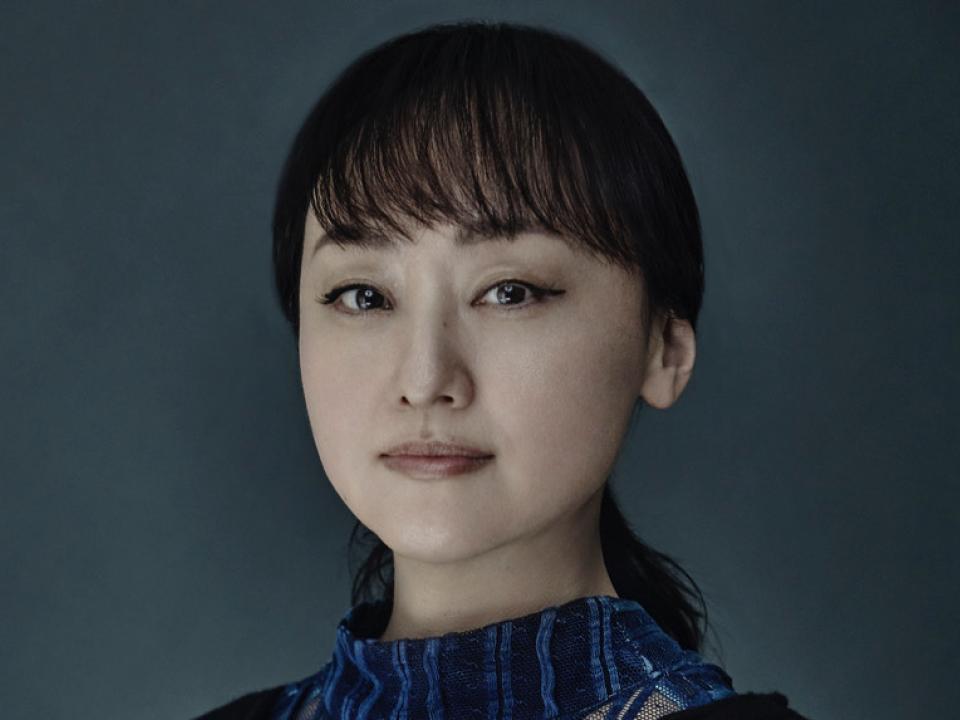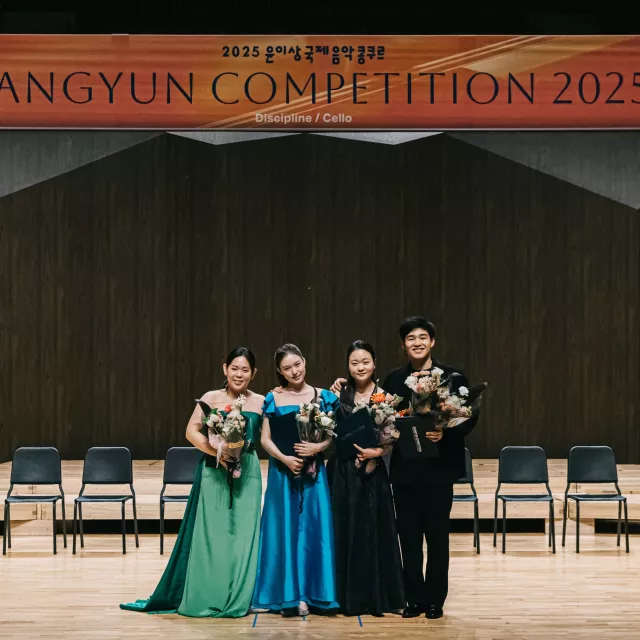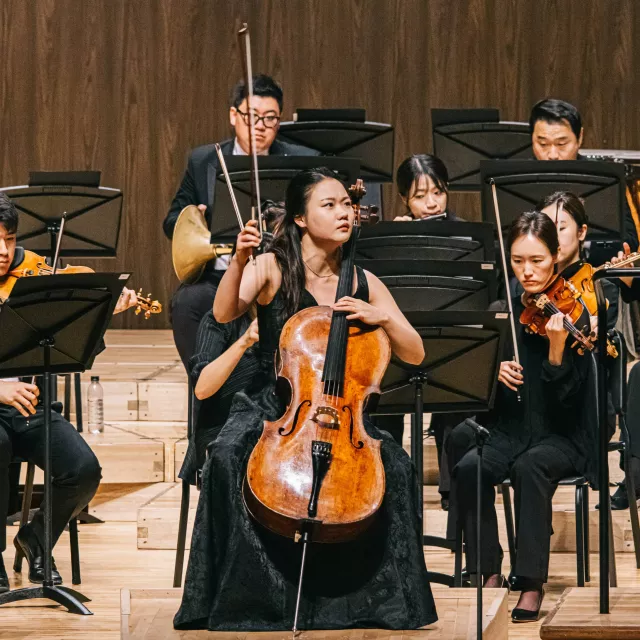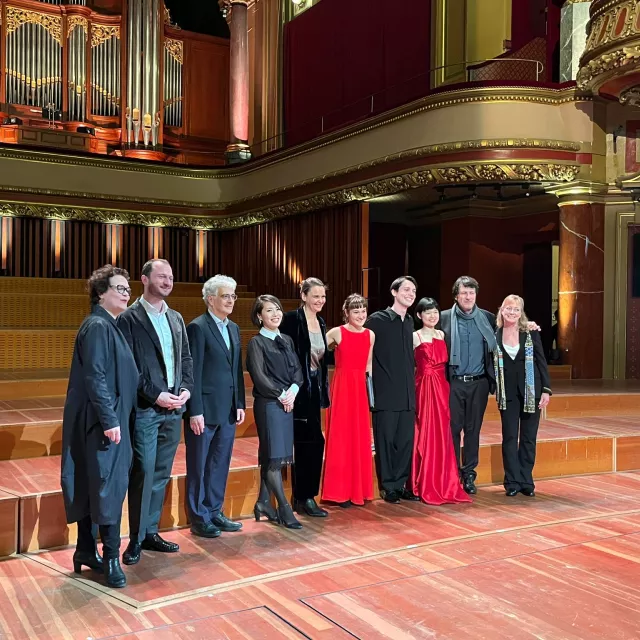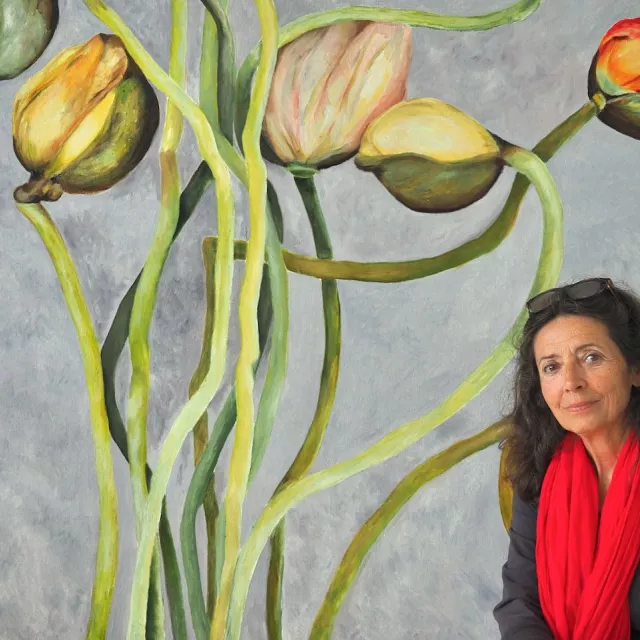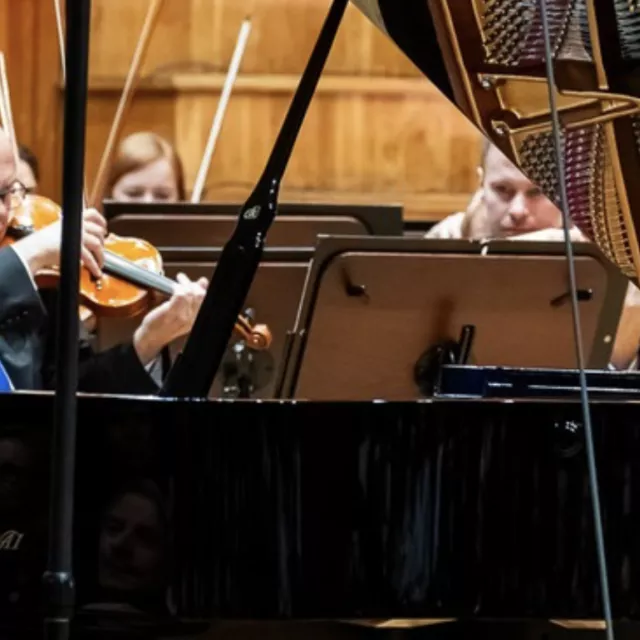Encounters with an ancient Japanese Ghost
Noh Singer Ryoko Aoki after her performance in Hamamatsu
WFIMC: What makes Noh fascinating? Or, more easily put, for those of us who don´t really know it: what is Noh?
Ryoko Aoki: Noh consists of singing and dancing, and then very slow movement with the Noh mask. Noh theater is very impressive yet very simple, what can I say? It symbolizes many things, in a very Japanese way. The singing is very unique.
Wasn´t it originally an art for men only?
Historically yes. In the beginning, women could perform Noh as well, but during the era Edo (1603-1867), women were not allowed in Noh because the government could think of it as connected to prostitution. Actually, women were not allowed to be on stage at all- in any art form, not just Noh.
What kind of stories are being told in Noh?
Basically, Noh is a kind of requiem for dead people. A ghost appears, but he or she is not happy that they are dying. They cannot go to heaven, so they come back to earth in order to confess or tell their story, as they are suffering.
So, as a Noh singer, you are “the ghost”, coming back from heaven?
Yes! The ghost would come back to earth and talk to a monk, or priest, as they are able to talk to ghosts. The monk or priest should receive the sorrow of the ghost, and comfort him with prayer.
And the priest is performed by a different singer?
Yes, priests or monks would be performed by different actors or singers.
What is the traditional Noh ensemble like?
Ah Noh ensemble consists of one flute and three drums: a hip drum, shoulder drum, and stick drum.
But how does this all fit into contemporary classical music? And who had the idea to put the two together?
I like very much to create new things based on tradition. I studied Noh because I think its important to keep traditions- we Japanese in my generation don´t know so much about our culture. Everyone likes piano, violin, ballet, but not our traditional arts. So I decided to learn how to perform Noh. I didn´t know that it would be very challenging: there are very few female performers, and it’s a very conservative art form.
But when I began to look at it with an open mind, it opened many new opportunities. Noh chanting is much more flexible with different instrumentations.
Are there other people who do the same or are you the only one?
Yes, I am the only one. But I´d like to increase and share my repertoire with others. I have worked with Toshio Hosokawa, Peter Eötvös, Stefano Gervasoni, Claude Ledoux, José María Sánchez-Verdú, Noriko Baba and others…
Do you have a favourite? Like a signature piece?
Futari Shizuka, the opera written by Toshio Hosokawa, is very special. I sing together with a Soprano, which makes it fascinating, but also the fact that the idea behind the opera is to bring an ancient Japanese legend together with a very contemporary refugee story in the Mediterranean. A refugee girl tries to escape from her country and makes her way to Europe, but on the way there she loses her younger brother- its very tragic and fits the Noh idea very well.
Will you perform this piece again sometime?
Yes, next year we will record it with the orchestra in Den Haag and Jun Maerkl conducting.
Any other performances coming up in Europe?
I will perform at the Hirondelle Festival in France (August 15-20) and at the Meridian Festival in Bucharest (November 5-12).
Title Photo: ©︎Masanori Akao
©WFIMC 2023/ FR

